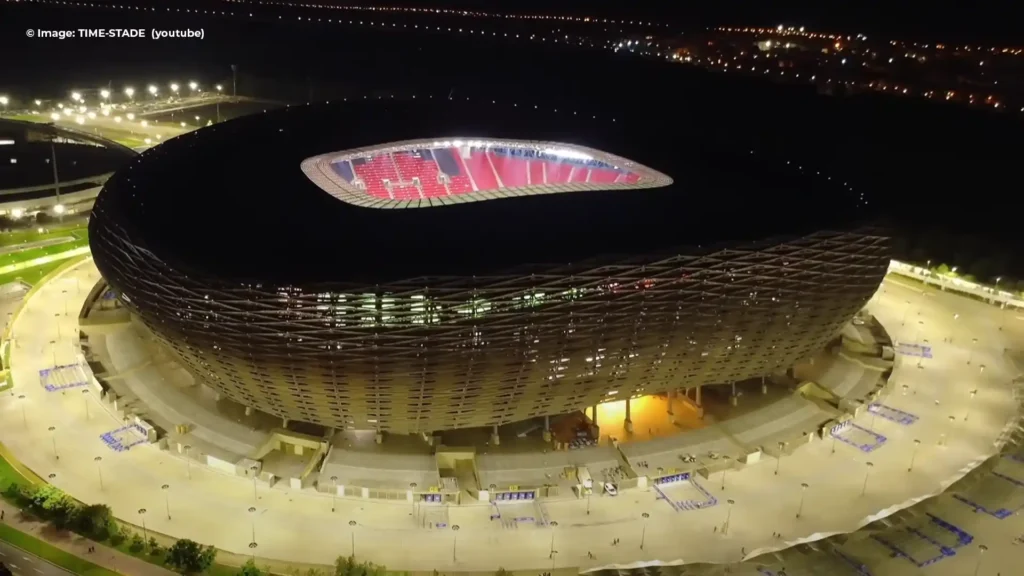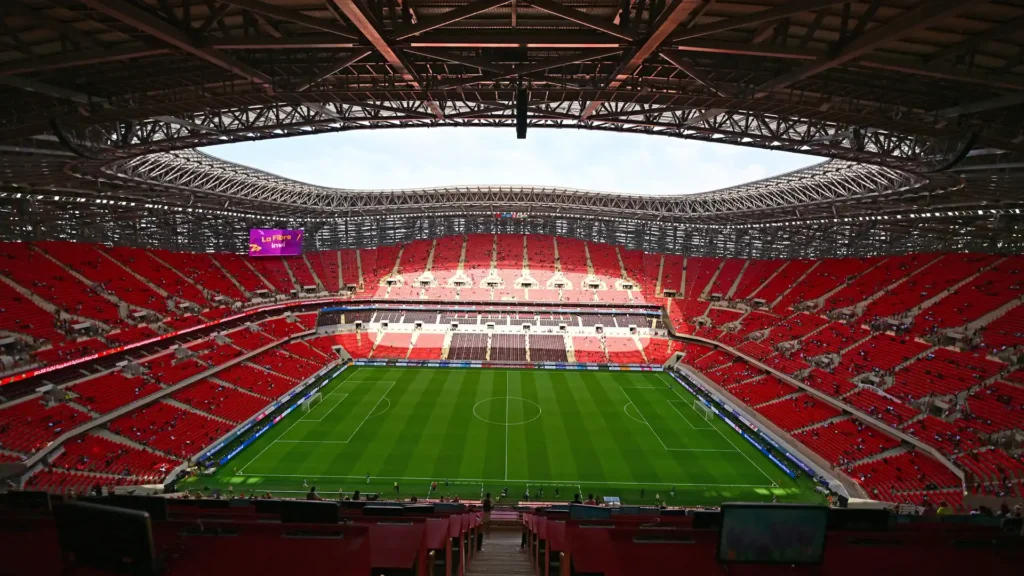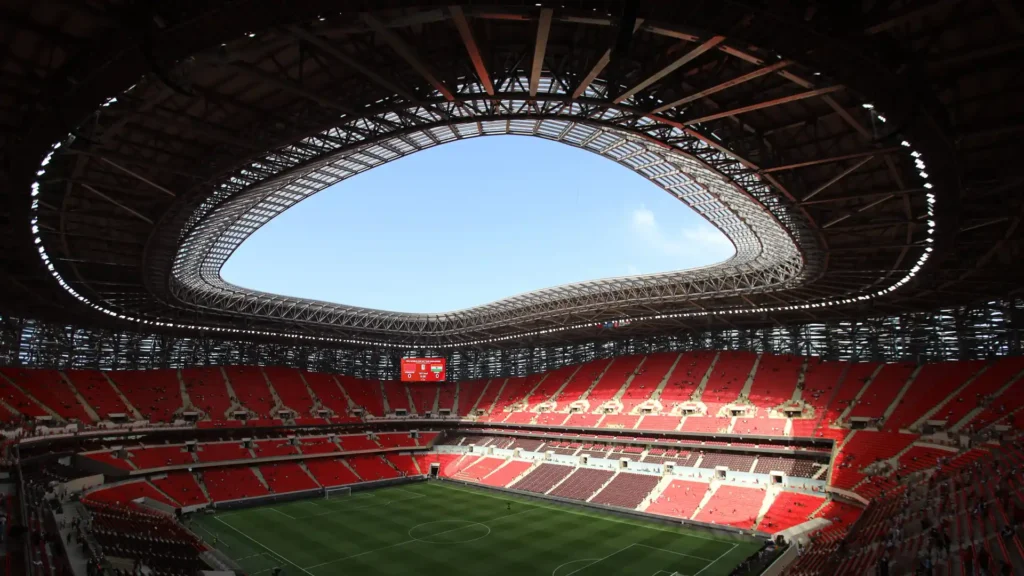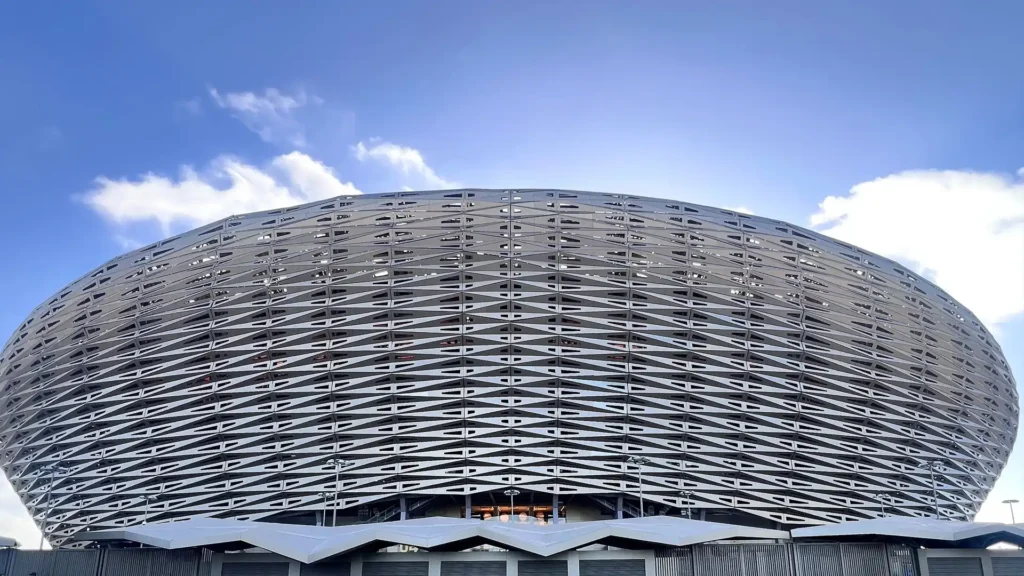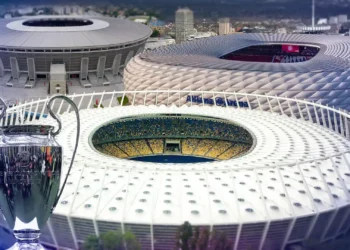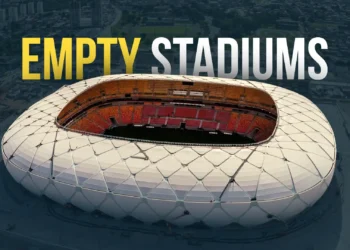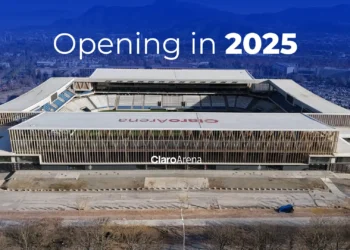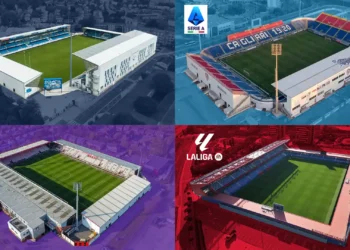A Stadium Reborn at Record Speed
In the summer of 2023, the historic Prince Moulay Abdellah Stadium in Rabat was torn down to make way for something far bigger and bolder. Just two years later—an astonishingly short timeframe by global standards—the new stadium opened its doors, instantly becoming one of Africa’s crown jewels of sports infrastructure.
While most world-class arenas take anywhere between 4 to 6 years to complete, Morocco managed to pull off a feat that experts say could land in the Guinness World Records: rebuilding a modern 68,700-seat stadium, plus an Olympic-standard annex next to it, in under 24 months.
Prince Moulay Abdellah Stadium – 78,700 Seats of Modern Glory
- Capacity: 68,700 seats, making it one of the largest in Africa.
- Design: Inspired by Moroccan heritage with palm-shaped facades, a full roof canopy, and state-of-the-art LED lighting.
- Pitch: A hybrid grass surface (natural + synthetic fibers), the first of its kind in Africa.
- Facilities: VIP & VVIP lounges, media centers, accessible seating, and advanced crowd management systems.
- Infrastructure: 5 access bridges, 6 parking lots, an Olympic swimming pool, a multi-sport arena, and training grounds.
This is not just a football stadium—it’s a multifunctional complex ready to host global sporting and cultural events.
The Olympic Annex Stadium – 21,000 Seats Next Door

Alongside the main venue, Morocco delivered the Prince Moulay Abdellah Olympic Annex Stadium, a 21,000-seat arena designed for athletics and secondary football events.
- Built with a nine-lane track certified by World Athletics, making it suitable for Diamond League events and international competitions.
- Equipped with more than 21,000 high-tech spectator seats, plus VIP and media sections.
- Serves as both a training and competition venue, fully integrated with the main stadium.
Together, the two venues form a sports hub unmatched in North Africa.
Investment & Economic Impact
- Estimated cost: $400–500 million for the entire complex (main stadium + annex + infrastructure).
- Considered one of the largest single sports investments in Morocco ahead of AFCON 2025 and the 2030 FIFA World Cup.
- Beyond sports, the project is expected to boost tourism, local jobs, and Rabat’s international visibility.
Building Against the Clock – How Morocco Did It
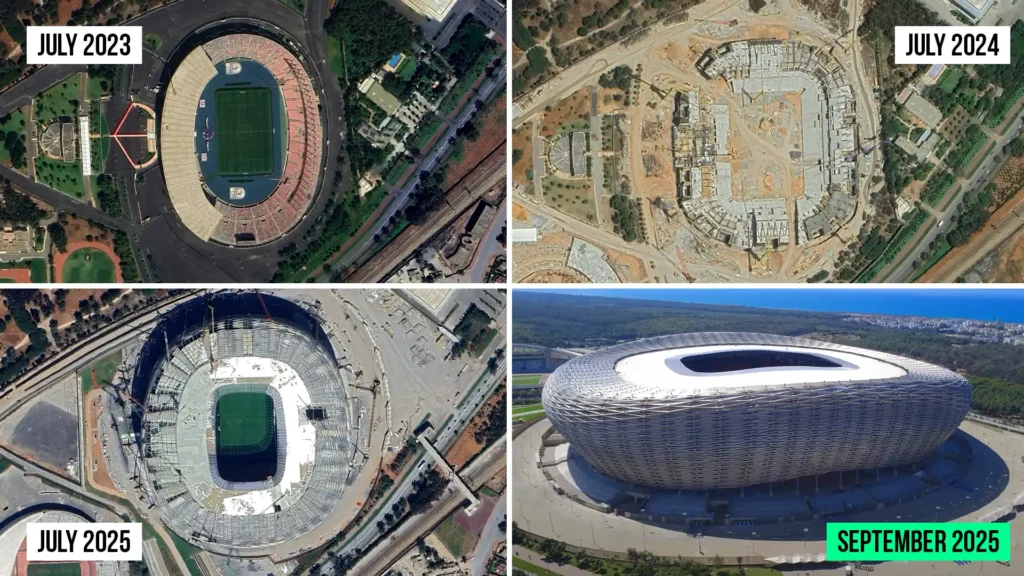
- Construction began in 2023, immediately after the demolition of the old stadium.
- Workers were deployed in shifts around the clock, with reports that labor from other major projects (including a hospital site) was redirected to meet deadlines.
- The result: a world-class, double-stadium complex in record time, where others might have needed twice as long.
This bold prioritization sparked debate at home—but it also showcased Morocco’s determination to deliver on its global sporting ambitions.
A Grand Opening
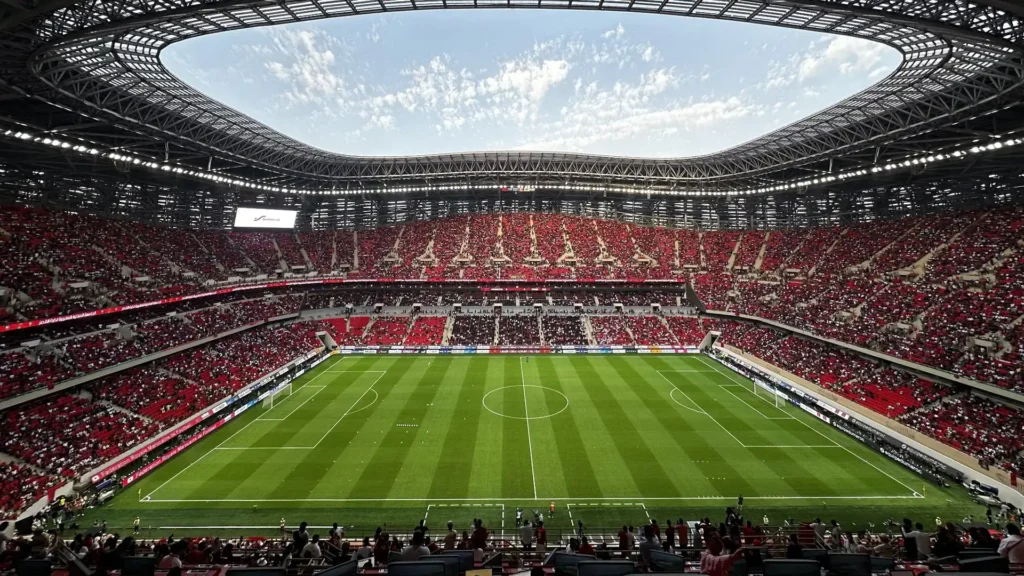
On September 4, 2025, Crown Prince Moulay El Hassan inaugurated the complex in a dazzling ceremony. A day later, the new stadium hosted its first official match: Morocco vs. Niger, marking the rebirth of Rabat’s iconic venue on the international stage.


